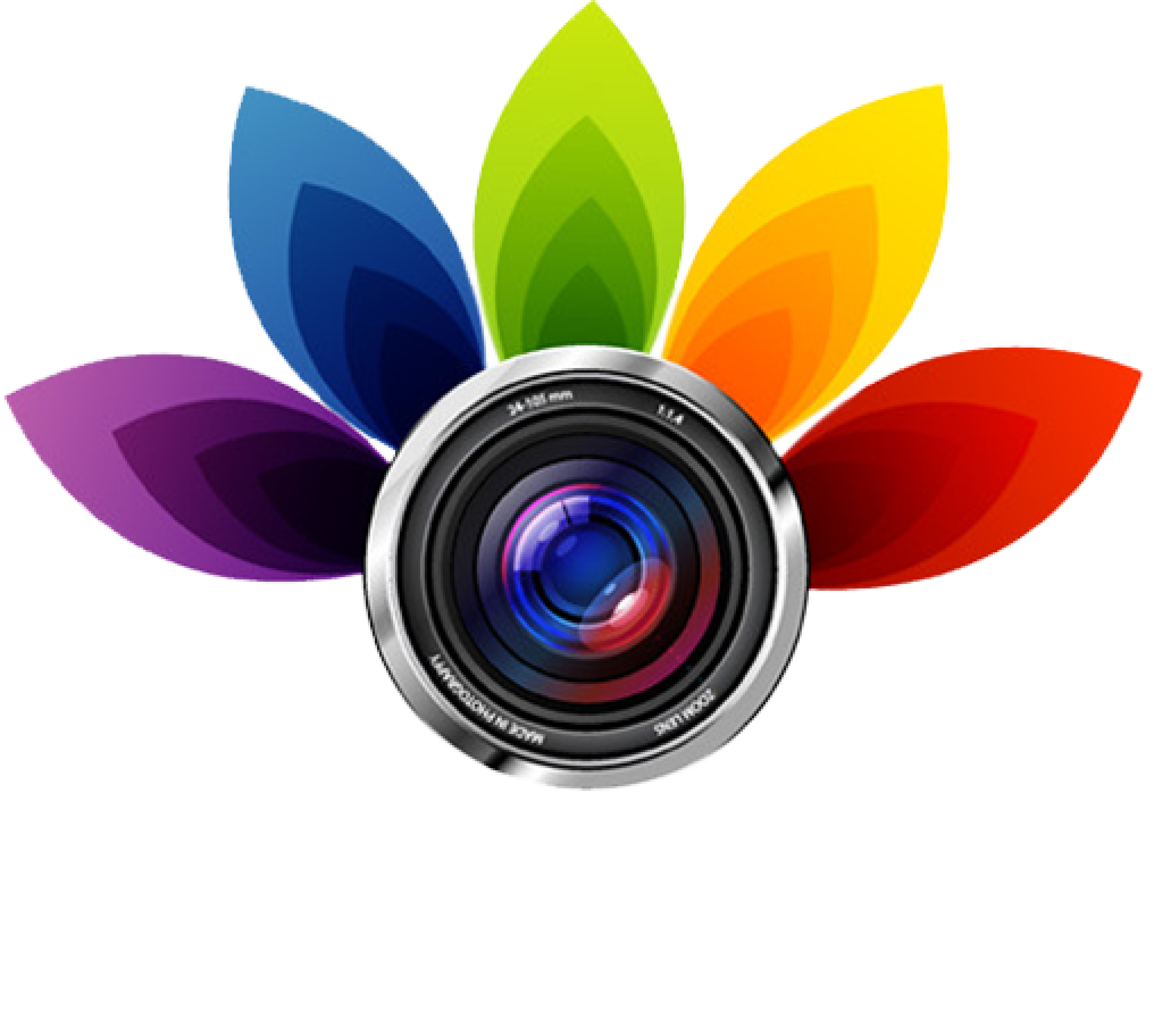
Achieving the Perfect Natural Light in Studio Photography
Taking beautiful photos doesn’t always need costly gear. Using perfect natural light in studio helps you create soft, natural-looking images that highlight your subject well. If you’re photographing portraits, products, or creative concepts, understanding how to work with natural light can improve your work. From finding the best light source to using simple tools like reflectors and diffusers, small adjustments can make a big difference in your results.
Timing is also important when depending on natural light. The position of the sun, window placement, and even weather conditions can impact the mood and quality of your photos. Knowing how to adapt to these changes helps you maintain consistent results throughout your shoots.
In this guide, we’ll explore practical tips for maximizing natural light in your studio. You’ll learn how to set up your space, control shadows, and create eye-catching images that stand out. If you’re a beginner or an experienced photographer, these insights will help you achieve professional results using nothing but natural light.
What is Natural Light?
 Natural light refers to the light that comes directly from the sun, without the use of artificial sources like studio lamps or LED lights. In photography, natural light can create soft, warm tones that add a natural and realistic feel to your images. This type of lighting can evoke mood and atmosphere, making it a favorite among photographers.
Natural light refers to the light that comes directly from the sun, without the use of artificial sources like studio lamps or LED lights. In photography, natural light can create soft, warm tones that add a natural and realistic feel to your images. This type of lighting can evoke mood and atmosphere, making it a favorite among photographers.
Creating the perfect natural light in studio starts with choosing the right source, like windows, skylights, or open doors. The size, direction, and intensity of light shape the mood of your shots. For example, large north-facing windows offer soft, even light all day, making them ideal. By selecting the best light source, you can achieve the perfect balance for your photos.
The beauty of natural light lies in its softness and ability to create appealing shadows. It’s perfect for portrait photography, product shots, or lifestyle images that require a more authentic look. The gentle, dynamic qualities of natural light help highlight textures and add intensity to images.
By observing how sunlight enters your workspace, you can decide the best positioning for your subjects and equipment. With proper planning and adjustments, you can turn unpredictable sunlight into a reliable tool that improves your photography style. A little experiment can help you utilize natural light to consistently achieve professional results.
Best Times to Photograph Natural Light
 The time of day plays a huge role in how natural light in studio photography appears. Early mornings and late afternoons are often the best times to shoot, thanks to the softer, golden glow known as the “golden hour.” During this period, sunlight is gentle and creates a warm, charming effect that improves skin tones and textures. This light is especially ideal for portraits and lifestyle shots, as it provides a soft, natural look.
The time of day plays a huge role in how natural light in studio photography appears. Early mornings and late afternoons are often the best times to shoot, thanks to the softer, golden glow known as the “golden hour.” During this period, sunlight is gentle and creates a warm, charming effect that improves skin tones and textures. This light is especially ideal for portraits and lifestyle shots, as it provides a soft, natural look.
Midday sunlight can be harsh, but with the right approach, you can still achieve perfect natural light in studio. Use curtains, sheer fabrics, or diffusers to soften overhead light and avoid strong shadows. Knowing when your studio gets the most balanced light helps you plan effectively. Midday light can also be used for bold, high-contrast shots if controlled carefully.
Cloudy days are also excellent for studio photography. The clouds act as a natural diffuser, softening the sunlight and reducing harsh shadows. This creates an even light source that’s perfect for photographing clean, engaging images. Cloudy weather offers consistent, diffused light, making it ideal for taking fine details and soft textures.
By experimenting with different times of the day, you’ll gain a better understanding of when your studio space offers the best natural lighting conditions. Consistency is key, so tracking light patterns in your studio can help you identify the most reliable shooting windows. Documenting your light patterns can help you plan shoots in advance, making sure you make the most of your natural light.
Tools to Improve Natural Light in Your Studio
 While natural light is powerful on its own, certain tools can help you shape and improve its quality for better results. Reflectors are one of the simplest yet most effective tools for bouncing light back onto your subject. They’re ideal for filling in shadows, adding brightness, and improving details. You can use different materials like white, silver, or gold reflectors depending on the effect you want to achieve.
While natural light is powerful on its own, certain tools can help you shape and improve its quality for better results. Reflectors are one of the simplest yet most effective tools for bouncing light back onto your subject. They’re ideal for filling in shadows, adding brightness, and improving details. You can use different materials like white, silver, or gold reflectors depending on the effect you want to achieve.
Diffusers are another important tool. They soften harsh sunlight by spreading the light evenly, creating a gentle glow that’s perfect for portraits and product photography. A sheer curtain or white fabric can act as a simple diffuser to reduce shine and improve light balance. Portable diffusers are a great option for on-the-go shoots or when you need quick adjustments.
White foam boards or V-flats can also help control light. Placing them opposite your light source can brighten darker areas without relying on artificial lighting. Similarly, black foam boards are useful for reducing unwanted reflections or deepening shadows for a more dramatic effect. These tools are cost-effective and highly flexible, making them great for photographers on a budget.
Combining these tools with your natural light source allows you to achieve greater control over the mood and style of your photos. Even with minimal equipment, you can dramatically improve your lighting setup and photograph amazing studio images. With a little practice, these tools can improve the quality of your photography and give you more creative flexibility.
Balancing Natural and Artificial Light
 Combining natural and artificial light can give you more control over your studio photography. This approach is especially helpful when natural light alone isn’t enough or when you’re working in changing conditions. Blending both sources can create a balanced look that maintains the softness of natural light while adding brightness where needed. With proper balance, you can achieve a natural yet professional finish in your images.
Combining natural and artificial light can give you more control over your studio photography. This approach is especially helpful when natural light alone isn’t enough or when you’re working in changing conditions. Blending both sources can create a balanced look that maintains the softness of natural light while adding brightness where needed. With proper balance, you can achieve a natural yet professional finish in your images.
Start by identifying your primary light source. If sunlight is your main light, use artificial lights like softboxes or LED panels to fill in shadows or highlight specific areas. This technique is great for maintaining consistent lighting when clouds shift or when working late in the day. Positioning your artificial lights at an angle can help copy the direction of natural light for a more solid look.
When balancing both types of light, color temperature is important. Natural light tends to have a cooler tone in the morning and a warmer tone in the afternoon. Matching your artificial lights to the natural light’s color temperature helps create a smoother look. Using adjustable LED lights with temperature control can make this process easier.
Experimenting with different setups will help you find the perfect balance for your space. By understanding how each light source behaves, you can achieve clear, natural-looking photos with improved control over exposure and contrast. Don’t be afraid to test different angles, distances, and light intensities until you achieve the ideal combination.
Common Natural Lighting Mistakes
 While natural light can create beautiful results, common mistakes can affect your final images. One common error is depending too heavily on direct sunlight, which can cause harsh shadows and overexposed highlights. Using diffusers or changing your subject’s position can help soften intense light. Positioning your subject at an angle to the light source can also reduce harshness and improve overall balance.
While natural light can create beautiful results, common mistakes can affect your final images. One common error is depending too heavily on direct sunlight, which can cause harsh shadows and overexposed highlights. Using diffusers or changing your subject’s position can help soften intense light. Positioning your subject at an angle to the light source can also reduce harshness and improve overall balance.
Another mistake is ignoring the background. Direct sunlight can cast unwanted reflections or uneven lighting on walls and objects. Choosing a neutral background or adjusting your angles can reduce distractions and keep the focus on your subject. Paying attention to background colors and textures can further improve your photo’s composition.
Failing to track light changes is another common setback. Natural light shifts throughout the day, so what works well in the morning may look different in the afternoon. Being mindful of these changes allows you to adjust your setup accordingly. Creating a schedule based on your studio’s light patterns can help you maintain consistent results.
Lastly, skipping light modifiers like reflectors or diffusers can limit your creative control. These tools are simple yet powerful for improving light balance, improving details, and creating a polished final look. Even basic household items like white cardboard or sheer curtains can act as effective light modifiers.
Conclusion
Achieving the perfect natural light in studio photography is all about observation, practice, and preparation. By understanding how sunlight behaves in your space, you can create amazing images without relying heavily on artificial lighting. Using tools like reflectors, diffusers, and foam boards can improve your control over light quality. Additionally, blending natural light with artificial sources can help you maintain consistent results in changing conditions.
Avoiding common mistakes, such as harsh shadows or poor timing, makes sure your natural light shots look clean and professional. With patience and experimentation, you can develop a lighting setup that works best for your style. Embrace the beauty of natural light, and you’ll unlock new creative possibilities that improve your studio photography skills.
Read Next: 6 Tips for Taking Perfect Candid Wedding Moments Effortlessly





